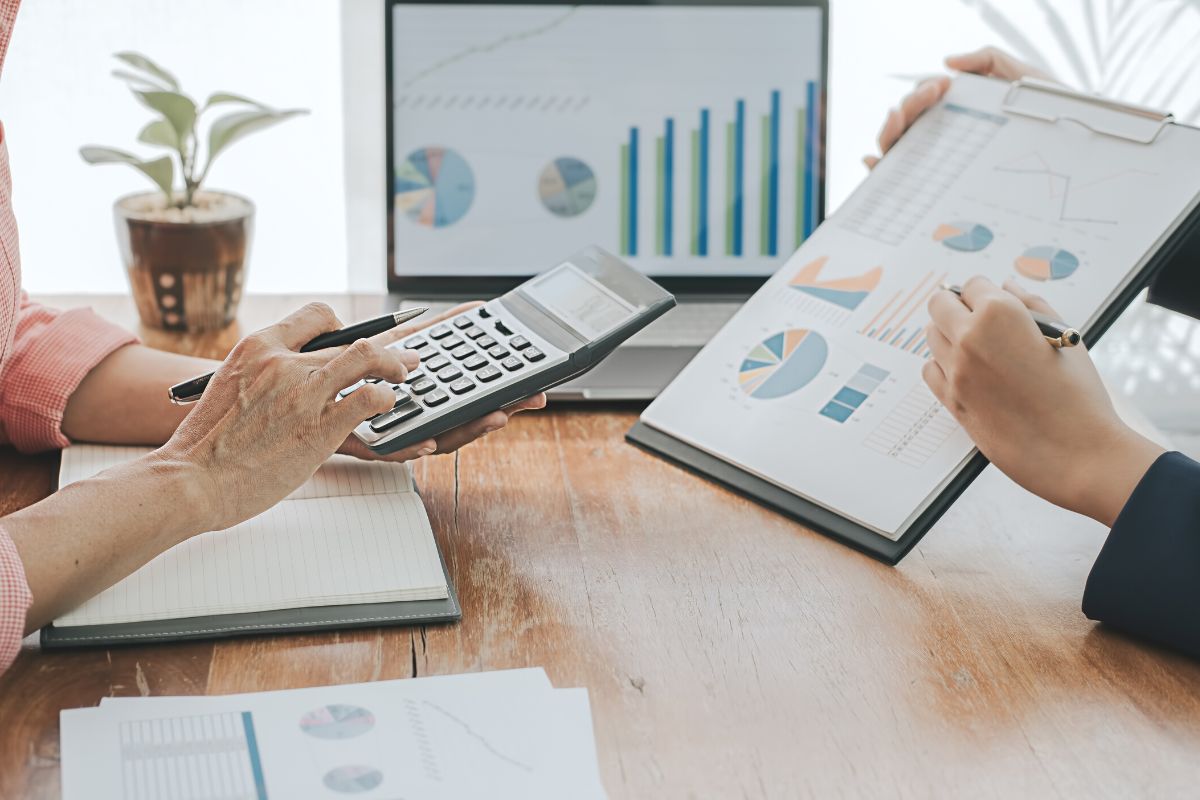How To Find Population Mean
Understanding and properly utilizing a survey can be difficult, particularly to the untrained eye.
Finding something like the mean of a population based on certain criteria’s can be one such instance where knowing the right processes can make the whole thing a lot easier.

In this guide, we will be taking a look at what the mean actually is, and how to use a survey of information to take the mean of the population in question. So, without further ado, let’s get started.
What Is The Mean?
With mathematics, the ‘mean’ is the average number of a series of numerical values, and can be used to determine the predominant factors within a certain set of criteria.
Say for example you were conducting a survey of a neighborhood, and you wanted to know the average age of the residents who lived there.
First you would need to create a database containing all the ages of the residents, then you would add all of the ages together to form a total age, then divide it by the number of residents.
The end figure would give you the average, or ‘mean’, of that particular neighborhood.
What Would This Equation Look Like?
As an example, let us take a random sequence of numbers, each representing the age of a resident within a population.
For the sake of the example, we will keep this list short, and could be presented as below:
- John – 26
- Mary – 33
- Frank – 47
- Jane – 60
- Sarah – 23
- Matthew – 39
Once you have the list of numerical values, you would then add them together to create a total age. In this case, this figure would be 228.
You would then take this figure, and divide it by the number of residents – which in this case is 6 people. This equation would like the following:
- 228 / 6 = 38
Based on the above total sum of ages in the community, divided by the number of residents there are, the mean age of this particular population is 38 years old.

What Do We Use The Mean For?
Now that we understand a little more about the equation surveyors use, you might be wondering what use the mean is to wider society.
The answers to this question are numerous, but within the context of population surveys, there are several reasons the mean is necessary.
Population Mean
The term population mean is one used to describe the average amongst an entire population, as defined against specific numerical characteristics – such as their age, number of children etc.
This discusses the entire population as a whole, and as such is less specific when it comes to getting a clear grasp of demographics.
Sample Mean
Sample mean could be exemplified by the above equation example, wherein a small sample of a community is put through a database, and the mean is calculated based on a specific numerical characteristic they all share.
This obviously gets a more specific result, relating solely to that small sample study, and this has far more applications within politics, business, sales, surveying, and any number of other industries, which might use this information to specifically target that demographic with things that might appeal to them.
Historical Context & Comparison
Of course, within survey or census taking, finding the mean age of a population might be necessary to establish patterns within the population and how they have changed over time.
This could be in the case of a population growing older and living longer – as we have seen slowly happen over the past 200 years.
It could also be used to show where certain demographics – such as age, race, and gender – live within a society.
How Is This Useful?
There are many uses for finding a population’s mean – although the accuracy of that number becomes lower and lower as the number of people being counted grows.
Age
Age is a prime example, and one we have used throughout this article. This is a relatively simple figure to input into a system, and can give a general sense of the age demographics of a specific area of society.
Income
The mean can also be useful when trying to establish the average income of a specific population.
This could be used when talking about a major city, such as New York, where statisists would conclude that the mean income of the average citizen in the city of New York is roughly $93,000 dollars per annum.
Family Size
Family size is another example, and is used to show the average number of children that people have within a specific area of society.
This is mainly used in census taking, and can be used to examine, compare, or predict population growth, as well as things like infant mortality rates, and rate of conception.
Marriage Rates
Similarly, the mean can also be used to examine, compare, and predict the rate of marriages within a specific portion of the population.
This is commonly done in census taking, and is often used to show changes in the way we define ourselves within society.
Deaths
The mean can also come in useful when trying to see the average age at which a population dies.
This is useful for not only seeing how long people are living, but also which areas of society are most affected.
This can then theoretically be used to make changes within society, using the figures to highlight areas that need the most intervention – such as child or senior care.
Final Thoughts
And there we have it, everything you need to know about population mean, how it is calculated, and what it is used for within society.
While seemingly simple, the mean plays an important role in directing policies within local government, voting patterns, marketing tactics, public spending, and many, many other things.
Math certainly isn’t for everyone, but its importance is limitless!
- What Polls Reveal About Sleeping Together Early and Long-Term Relationship Success - July 7, 2025
- How to Design a Hard Harry Potter Trivia Challenge - October 4, 2023
- How to Design a Dear Peachie Makeup Preference Poll - October 4, 2023









